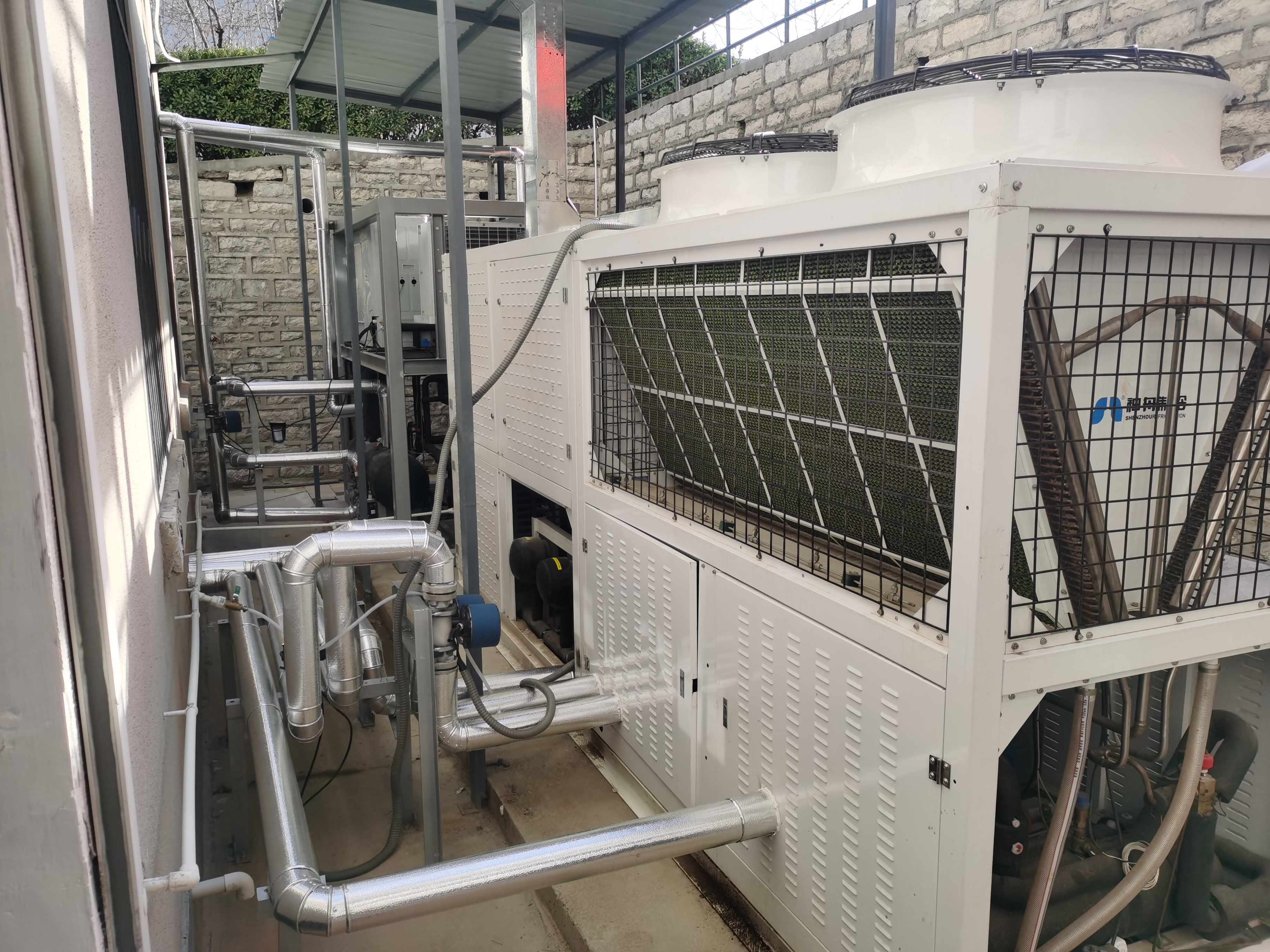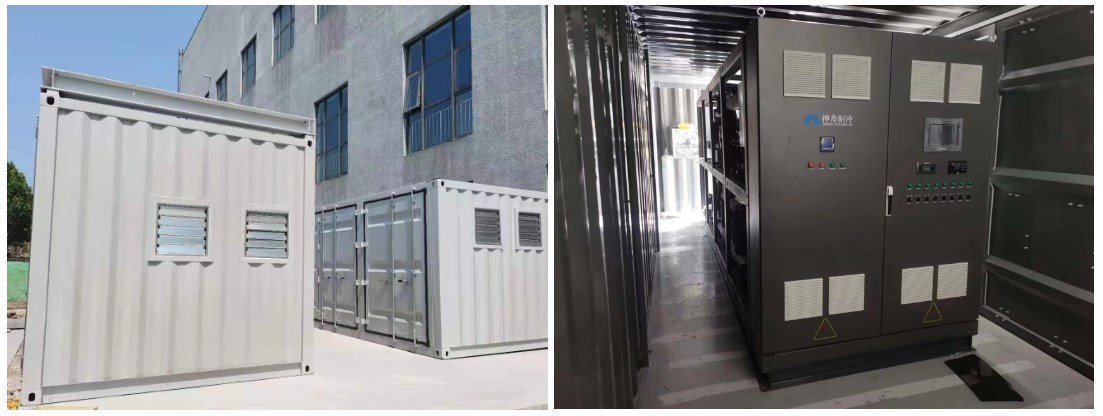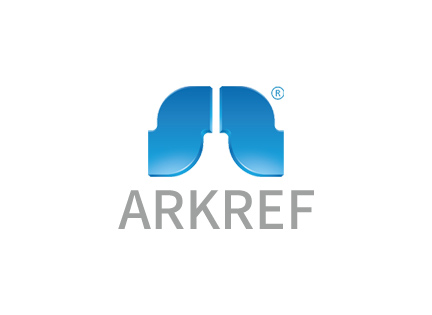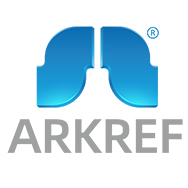ARKREF CO₂ Transcritical Refrigeration Unit: A Comprehensive Guide

ARKREF CO₂ Transcritical Refrigeration Unit
The ARKREF CO₂ transcritical refrigeration unit represents a groundbreaking advancement in refrigeration technology, offering substantial environmental advantages. Throughout this blog, we will explore the fundamental aspects of CO₂ refrigerant properties, the transcritical refrigeration process, and the environmental impact of utilizing CO₂ refrigeration systems. By the end of this guide, you will have gained a comprehensive understanding of this innovative refrigeration unit and its implications for both the environment and energy efficiency.
CO₂ Refrigerant Properties
Properties of CO₂ Refrigerant
When it comes to the properties of CO₂ refrigerant, it's essential to note that it is a natural refrigerant with zero ozone depletion potential. This means that its use does not contribute to the depletion of the ozone layer, making it an environmentally responsible choice. Additionally, CO2 refrigerant has a low global warming potential, which further solidifies its status as an eco-friendly refrigerant option. These properties make CO2 cooling systems an attractive and sustainable choice for various refrigeration applications.
Advantages of CO₂ Refrigerant
The advantages of CO₂ refrigerant are multifaceted. Firstly, carbon dioxide refrigerant is readily available and cost-effective, making it a sustainable solution for refrigeration needs. Its widespread availability ensures that there are no supply chain issues, contributing to its reliability as a refrigerant option. Moreover, the thermodynamic properties of CO2 refrigerant make it suitable for a wide range of applications, from commercial and industrial processes to transport refrigeration. This versatility further enhances its appeal as a preferred choice for environmentally conscious and cost-effective cooling solutions.

Transcritical Refrigeration Process
Understanding Transcritical Refrigeration
In the CO₂ cooling process, transcritical refrigeration occurs when the refrigerant operates above its critical point. This means that it undergoes a phase change without the use of a condenser, unlike traditional refrigeration systems. To manage the unique properties of carbon dioxide refrigeration technology, specific system designs and components are required. These include high-pressure compressors, gas coolers, and pressure regulators to ensure optimal performance in ARKREF transcritical CO₂ systems.
Energy Efficiency in Transcritical Refrigeration
ARKREFtranscritical CO₂ systems are known for their high energy efficiency, primarily due to the distinctive thermodynamic properties of CO2 refrigeration technology. The utilization of ejectors and heat reclaim systems further enhances the energy efficiency of transcritical refrigeration by maximizing the utilization of waste heat and minimizing energy loss. These features contribute to making transcritical refrigeration an environmentally sustainable and economically viable choice for various cooling applications.
Environmental Impact
Benefits of CO₂ Refrigeration for the Environment
When considering the environmental impact, it's crucial to highlight the numerous benefits of CO2 refrigeration. Firstly, the utilization of ARKREF CO₂ transcritical refrigeration units significantly contributes to reducing greenhouse gas emissions. This is a pivotal aspect of environmental sustainability, as it aligns with global efforts to phase out synthetic refrigerants with high global warming potential. By opting for carbon dioxide cooling systems, businesses and industries can actively participate in mitigating climate change and promoting a greener future.
Furthermore,CO2 refrigerant offers an environmentally responsible alternative that helps minimize the ecological effects associated with traditional synthetic refrigerants. Its low global warming potential and zero ozone depletion potential make it a compelling choice for organizations aiming to reduce their carbon footprint and adhere to stringent environmental regulations.
Challenges and Considerations
While the benefits are substantial, there are challenges and considerations associated with CO₂ refrigeration technology. One notable challenge is the system complexity inherent in transcritical refrigeration units. Additionally, specialized training in CO2 refrigeration technology is essential for technicians and professionals involved in the installation and maintenance of these advanced systems. Moreover, proper system maintenance and leak prevention are crucial aspects that require meticulous attention to minimize the environmental impact of CO₂ transcritical refrigeration units.
By addressing these challenges and considerations effectively, businesses can harness the environmental benefits of CO2 refrigerant while ensuring sustainable practices in their operations.

Applications and Efficiency
Diverse Applications of CO₂ Refrigeration
When it comes to the diverse applications of CO₂ refrigeration, this innovative technology has found its place across various sectors. Firstly, CO2 refrigeration is extensively utilized in commercial refrigeration settings, including grocery stores, convenience stores, and food storage facilities. Its efficient cooling capabilities make it an ideal choice for preserving perishable items while minimizing environmental impact.
Moreover, carbon dioxide cooling systems are increasingly integrated into industrial processes, where precise temperature control is essential for manufacturing and production operations. The versatility and reliability of CO2 refrigerant make it a valuable asset in ensuring optimal working conditions and product quality within industrial settings.
In addition to commercial and industrial use,CO₂ refrigeration plays a vital role in transport refrigeration, particularly in the cold chain logistics industry. It helps maintain the integrity of temperature-sensitive goods during transportation, contributing to the preservation of food products and pharmaceuticals.
As sustainability continues to be a focal point in the retail sector, supermarket refrigeration has witnessed a growing adoption of CO₂ transcritical refrigeration units. This trend aligns with the industry's commitment to reducing carbon emissions and energy consumption while meeting stringent regulatory requirements.

Enhancing Energy Efficiency in CO₂ Refrigeration
To further enhance energy efficiency in CO₂ refrigeration, advanced control strategies and system optimization techniques are instrumental. These measures ensure that the refrigeration systems operate at peak performance while minimizing energy consumption. By integrating intelligent control algorithms and monitoring mechanisms, businesses can optimize their carbon dioxide cooling system uses for maximum efficiency.
Furthermore, waste heat recovery systems play a crucial role in improving the overall energy efficiency of CO2 refrigerant applications. These systems capture waste heat generated during the cooling process and repurpose it for other heating needs within facilities or as an additional energy source. Additionally, cascade systems that integrate multiple levels of temperature control contribute to maximizing the utilization of energy in CO₂ transcritical refrigeration units.
ARKREF CO₂ Transcritical Refrigeration Unit
The ARKREF CO₂ transcritical refrigeration unit stands as a pioneering solution for sustainable and energy-efficient refrigeration. Its environmental advantages, coupled with its diverse applications, position it as a promising technology for the future of refrigeration systems. Understanding the properties and processes of CO₂ refrigeration is pivotal in contributing to a greener and more efficient refrigeration industry. Embracing this innovative carbon dioxide transcritical refrigeration unit can lead to significant strides in environmental sustainability and energy efficiency within various sectors.

